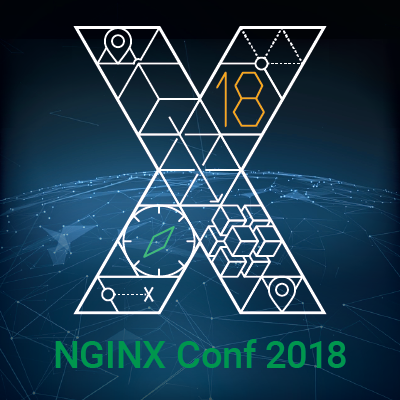Have a Cookie? :)

Our site uses cookies to provide functionality and performance as well as for social media and advertising purposes. Social media and advertising cookies of third parties are used to offer you social media functionalities and personalized ads for NGINX content and offers. To get more information about these cookies and how we process personal data, check our Privacy Policy. Do you accept the use of cookies and the processing of personal data involved?

